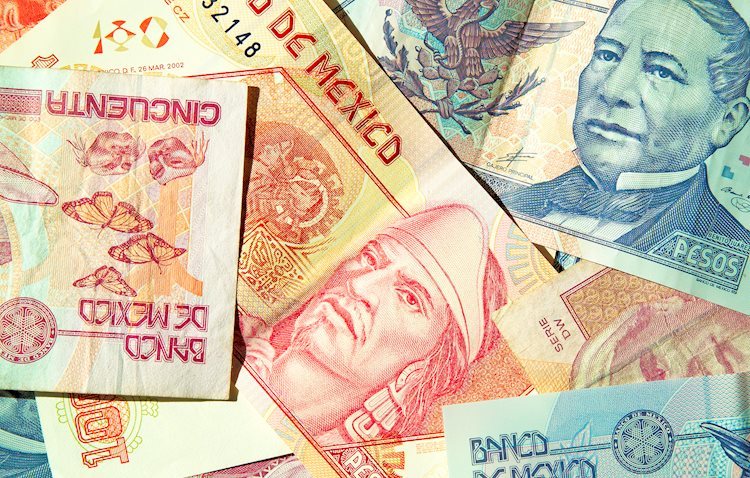The Mexican Peso has been facing pressure against the US Dollar as the chances of former President Donald Trump winning the US election on November 5 have risen. This has led to fears of tariffs on Mexican imports and restrictive immigration policies, which could hurt the Mexican currency. The USD/MXN is currently trading at 20.02, up 0.41%. Polling data suggests that Trump’s odds of winning the election have increased to 52% compared to 48% for Vice President Kamala Harris.
Last week, Mexico’s economic data showed weak Retail Sales and Economic Activity for August, indicating a slowdown in the economy. This, along with a mid-month inflation report in October, could pave the way for another interest rate cut by the Bank of Mexico (Banxico) at the upcoming November meeting. The swaps market suggests that Banxico could cut rates by 175 to 200 basis points over the next 12 months, with the central bank expected to lower rates to 10.25% in the upcoming meeting.
Looking ahead, Mexico’s economic schedule will feature the release of GDP figures for Q3 2024, Business Confidence, and S&P Global Manufacturing PMI. In the US, data releases include jobs data, GDP for the third quarter, the Core Personal Consumption Expenditures Price Index, and Nonfarm Payrolls. The USD/MXN technical outlook remains bullish as the pair consolidates near 19.70/20.00, with the possibility of testing the year-to-date high at 20.22.
In the world of financial jargon, “risk-on” and “risk-off” refer to the level of risk that investors are willing to take during a certain period. In a “risk-on” market, investors are optimistic about the future and more willing to buy risky assets, while in a “risk-off” market, investors tend to play it safe and buy less risky assets. During periods of “risk-on”, stock markets rise, commodities gain value, and certain currencies strengthen due to increased demand. In contrast, during “risk-off” periods, bonds, Gold, and safe-haven currencies such as the US Dollar, Japanese Yen, and Swiss Franc benefit.


























